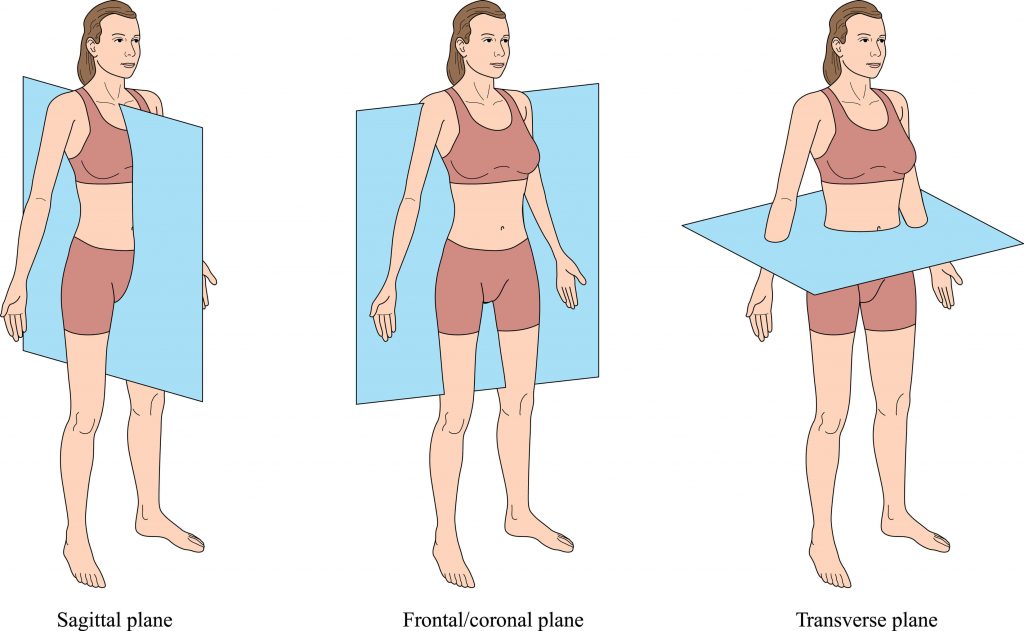Crunches, side bends, kneeling cable crunches, leg lifts…these are some of the more common ab exercises we typically see people doing in the gym. For both casual gym members and bodybuilding enthusiasts, these exercises are often an attempt to achieve the ever-elusive “six-pack”.
Having a sculpted mid-section may look nice at the beach or on the stage, but in reality genetics and diet play a bigger role in visually appealing abs than a few sit-ups or leg lifts do. More importantly, do these exercises really help someone build functional core strength?
The “core” is typically defined as the group of muscles found around a person’s stomach, low back, and mid back, including:

- Transversus abdominis
- Multifidus
- Internal and external obliques
- Rectus abdominis (the “six-pack” muscles)
- Erector spinae
- Diaphragm
- Pelvic floor muscles
We also like to expand the definition of the core to include other large muscles and stabilizers connecting the limbs to the trunk, such as the latissimus dorsi, gluteal muscles, and scapular and cervical stabilizers.
The purpose of all of these muscles is to work together to stabilize the body during functional and athletic tasks, and transmit force from the upper body to the lower body (and vice versa) without compromising the spine. More often than not these muscles are actually working to resist unwanted motion rather than actively move the body (such as carrying a heavy bag of groceries without leaning toward that side).
Over time as fitness professionals have moved toward more functional methods of training and an emphasis on anti-movement core strengthening, planks have become a staple of many exercise programs, and rightfully so. But planks are only one piece of the puzzle when it comes to preparing the body for everyday tasks and sports activities. The body moves in multiple planes, and often in more than one plane at once. The core has to be able to stabilize in each one of these planes or a combination of the three:

Of course, many strength coaches, trainers, and healthcare professionals will argue that the best way to build a stronger core is to lift free weights, particularly heavy compound lifts such as squats and deadlifts. While at FLO Physical Therapy we agree that strength training in general is a great opportunity to establish a foundation of core strength, we also believe that targeted core stability exercises are crucial for maximizing performance and health during any sport or physical activity.
Here are some of our favorite exercises that we use to help our clients build a well-rounded, stable core:
Anti-Extension
SB Dead Bugs
Slider Push-Up Hold
Bear Crawls
Anti-Lateral Flexion
Side Plank + March
Suitcase March
Plate Overhead Carry
Anti-Rotation
Half-Kneeling Pallof Press
Hip Hinge + Pallof Press
Anti-Flexion
KB Goblet Carry
*In this case squats, deadlifts, and other heavy compound lifts are the best for activating the erector spinae muscles and preventing excessive flexion of the spine.
Multi-Planar Stability
These exercises force the core muscles to stabilize in multiple planes at once, allowing for better carryover to functional and athletic movements.
Push-Up Hold + Bird Dog
Side Plank + Row
Kneeling Overhead Pallof Press
At FLO Physical Therapy & Performance we specialize in finding the right core program for you, whether you’re a competitive athlete, weekend warrior, or workaholic. Contact us today to speak with one of our Doctors of Physical Therapy and get started on your own personal health and performance journey!



